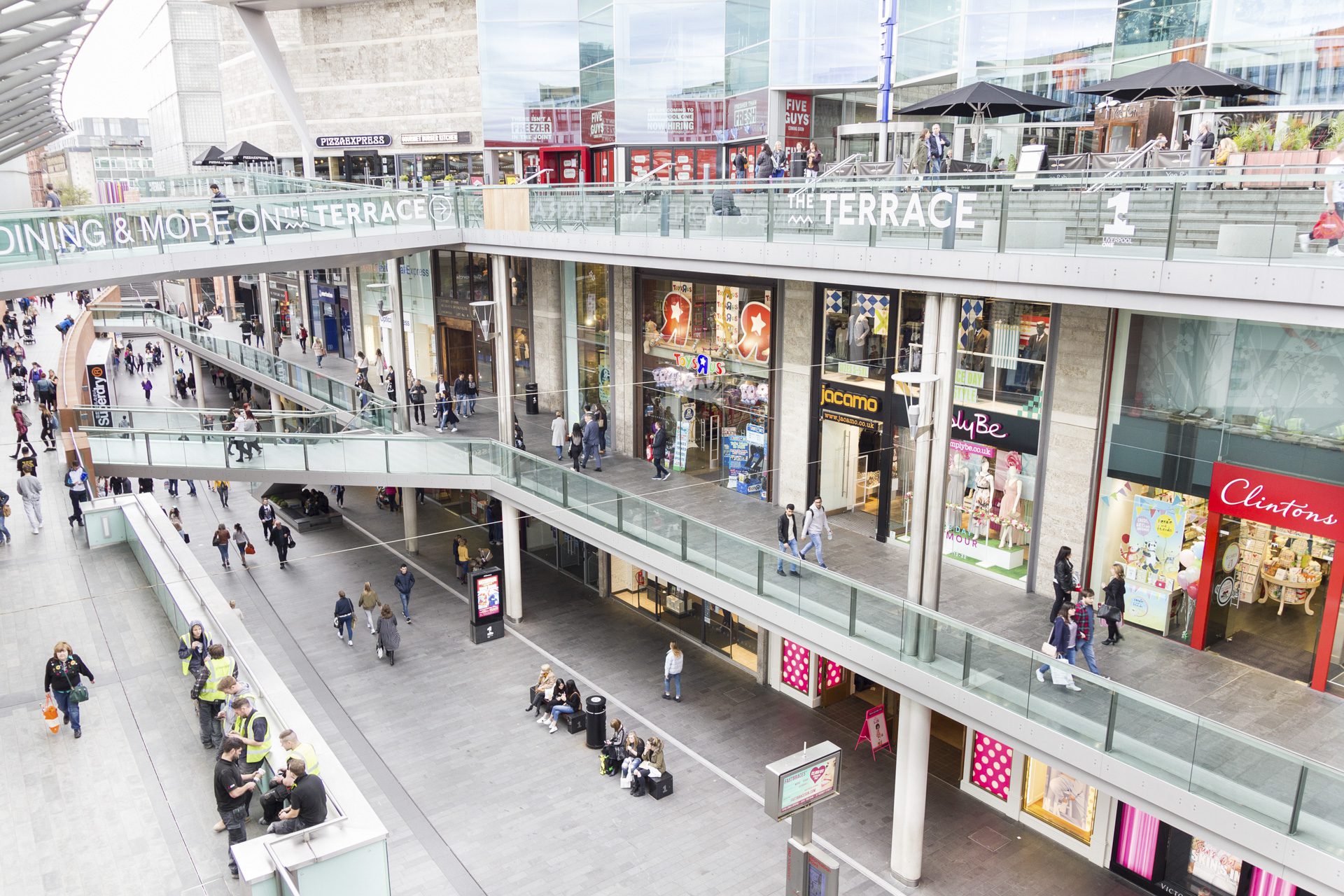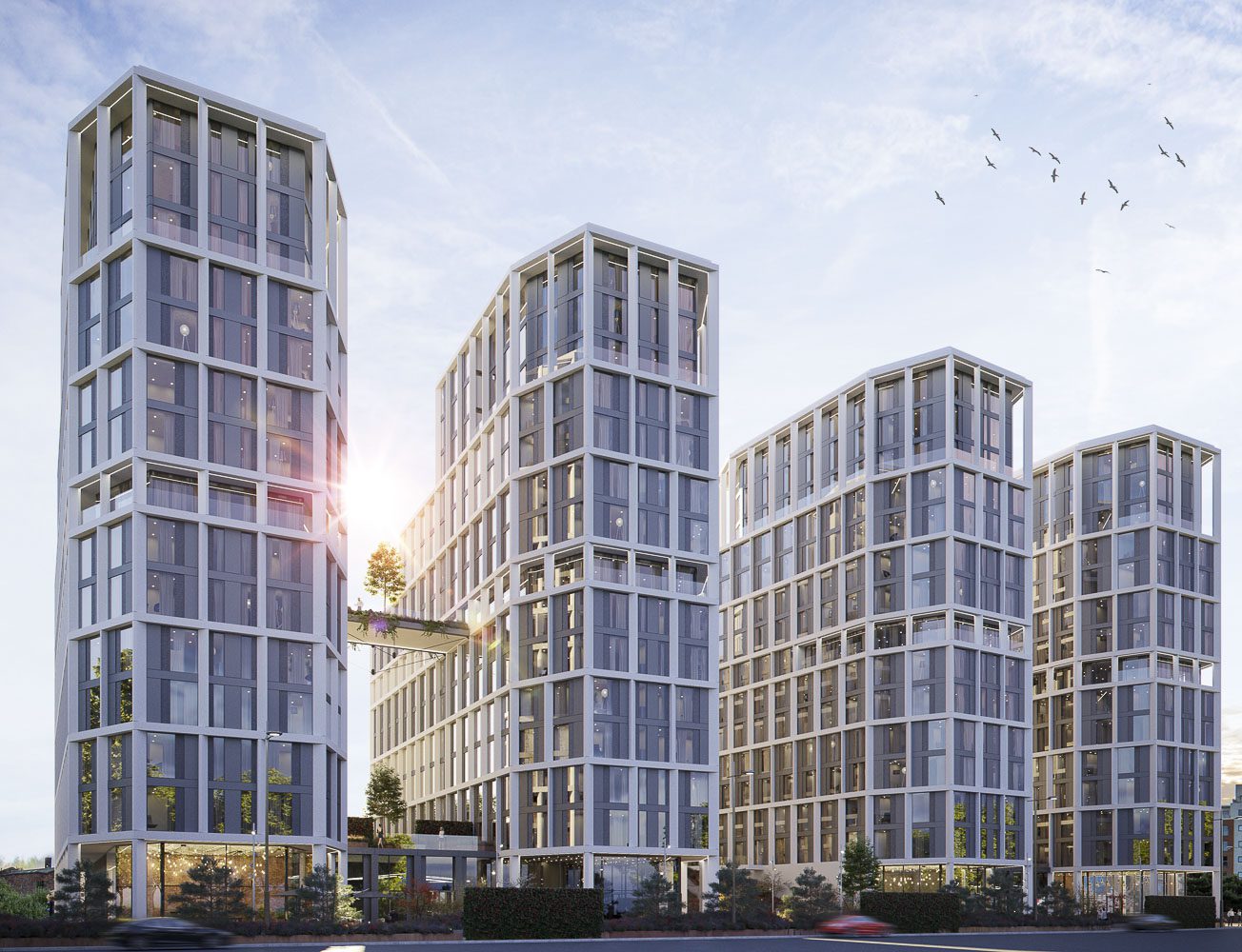Liverpool City Centre Property Market Driving Fastest Growth in UK
Last year, Merseyside experienced some of the fastest property price growth in the UK, with Liverpool city centre at the heart of it.
The Liverpool city centre market is helping drive Liverpool’s property growth, with reports from Zoopla that the Northern hotspot has been the fastest growing city for several months.
An increase in house prices in Liverpool have largely contributed to average growth of nearly 10% across the North West.
Gráinne Gilmore, head of research at Zoopla, revealed that there has been a sharp rise as buyers return to the market, which city centres are primarily driving.
As we come to the end of the pandemic, people will return to the office and adapt to new hybrid working, meaning there should be a further boost to Liverpool’s city centre market.


Why Liverpool City Centre?
As places of work reopen, demand is flowing back into the city centre.
With flat prices being more affordable than houses, the centre is attracting many first-time buyers, especially as property price growth is set to soar in the next five years.
According to Gilmore, flats in the top 20 UK cities are up around 1.8% compared to houses which are sitting at about 8%, further boosting the city centre market.
There is also international demand to consider as borders open and student education resumes.
With a massive population of students and young professionals, Liverpool city centre is the perfect place to capture rental demand, encouraging investors to secure purpose-built student accommodation and drive market growth.
From Savills’ research, UCAS application data from 2021 showed an 8.4% annual rise in university applications, driven by a 17.1% increase in applications from foreign, non-EU countries.








